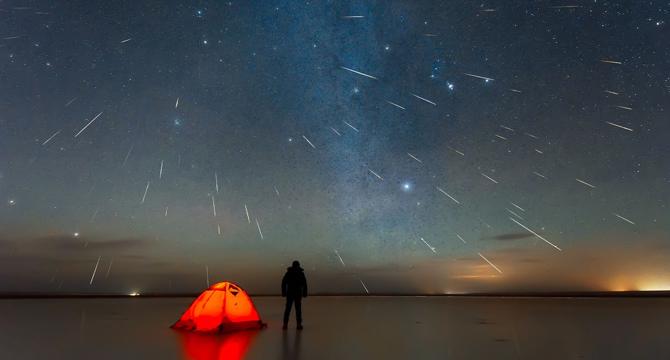Livescience
4d
254

Image Credit: Livescience
How to photograph a meteor shower
- Photographing a meteor shower is an exciting and rewarding experience that requires preparation, equipment, and creativity.
- Capturing a meteor shower well involves technical skill, patience, and creativity, along with the right equipment and camera settings.
- Key equipment includes DSLR or mirrorless cameras, wide-angle lenses with a fast aperture, sturdy tripod, and remote shutter release.
- Camera settings for meteor photography include manual mode, long exposures, low-light settings, and shooting in RAW mode for editing flexibility.
- Photography techniques such as including foreground elements, time-lapse, composite images, reflections, fireballs, and panoramic shots can enhance meteor shower images.
- Post-processing skills with software like Adobe Lightroom can further enhance astrophotography images.
- Choosing the right meteor shower involves considering factors like intensity, radiant point, moon phase, weather, and light pollution.
- Popular meteor showers to photograph in the Northern Hemisphere include Quadrantids, Lyrids, Perseids, Orionids, and Geminids.
- Meteor showers are predictable celestial events that occur when Earth's orbit passes through debris trails left by comets or asteroids.
- Researching peak nights of showers, dark sky locations, and moon phases is crucial for successful meteor shower photography.
Read Full Article
15 Likes
For uninterrupted reading, download the app